30 Oct Guernsey Conservation Volunteers

The Guernsey Conservation Volunteers are a group of people who meet regularly to do hands-on conservation work outdoors on the island of Guernsey. Over the past month the volunteers have cleared bramble, and removed the invasive species sour fig, and cape ivy.
Sour Fig (Carpobrotus edulis)
Facts
Common Name: SOUR FIG
Scientific Name: Carpobrotus edulis
Alternative Names: Hotnotsvy, Cape Fig, Ghoena Fig
Sour fig was introduced into Guernsey in 1886 and was well on its way to island domination until the GCV, with the help of the people of Guernsey decided to fight back. In areas where there is ground cover of sour fig, nothing else native grows and there is a minimum diversity of mini beasts feeding in the area.
This is how a plant centre advertises the plant
Easy, and fast growing succulent ideal for low maintenance and water-wise gardens. The leaf juice is astringent and mildly antiseptic and is used locally to treat a wide range of ailments. The sour fig is frequently cultivated as a sand binder, groundcover, dune and embankment stabilizer, and fire-resistant barrier. Do not water them too much or the plants may start to rot.
Description
Perennial
Sourfig is indigenous to the Western Cape Province in South Africa and an invasive coastal species in the Bailiwick of Guernsey
It is a fleshy, succulent mat-like creeper bearing large yellow fowers followed by conical, reddish-brown, fleshy fruit capsules.
Is draught tolerant and will do well in sun or partial shade.
Frost tender but will survive winter
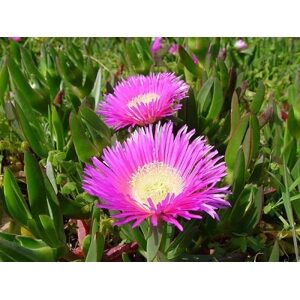
Culinary Uses
The ripe fruit contains an edible slimy pulp with shiny brown seeds.
The base of the fruit is bitten off and the sweet-sour pulp is sucked out.
The ripe fruit is cooked in syrup and called sour fig jam – a delicacy in the Cape
Add the fruit to curry dishes.
Is also used in oriental cooking.
Medicinal Uses.
It is said that Leaf pulp and -juice contains tannins
Antiseptic, Antibacterial, Anti-fungal
Vasoconstricter effect -reduce fluid loss from wounds and burns
Enhance tissue regeneration
Apply pulp/juice: eczema, wounds, burns and to stop bleeding
Gargle – infections mouth/ throat
Treat ear/tooth ache and oral and vaginal thrush
Chew and swallow juice to treat mouth/stomach ulcers, dysentery, digestive troubles, diarrhea, tuberculosis, diuretic and styptic
Rub juice against a babies gums when teething.
This is not an extensive medical list for you to try and some of this is from old wives’ tales.
This Saturday GCV were clearing up the remains of sour fig that had been pulled up and left in a pile for collection. The contents of the skip go to the green waste facility and get composted. The States are happy to pay for the skips when the removal is done on States land. This land belongs to Vale so the GCV had to find other sponsorship to pay for these skips. Waitrose stepped in to help out.
On Saturday we were removing the top spongy acidic layer, left after clearing the plants, to reveal the original layer of earth underneath to give space, and light for native species to grow. The size of some of the sour fig roots was astonishing.
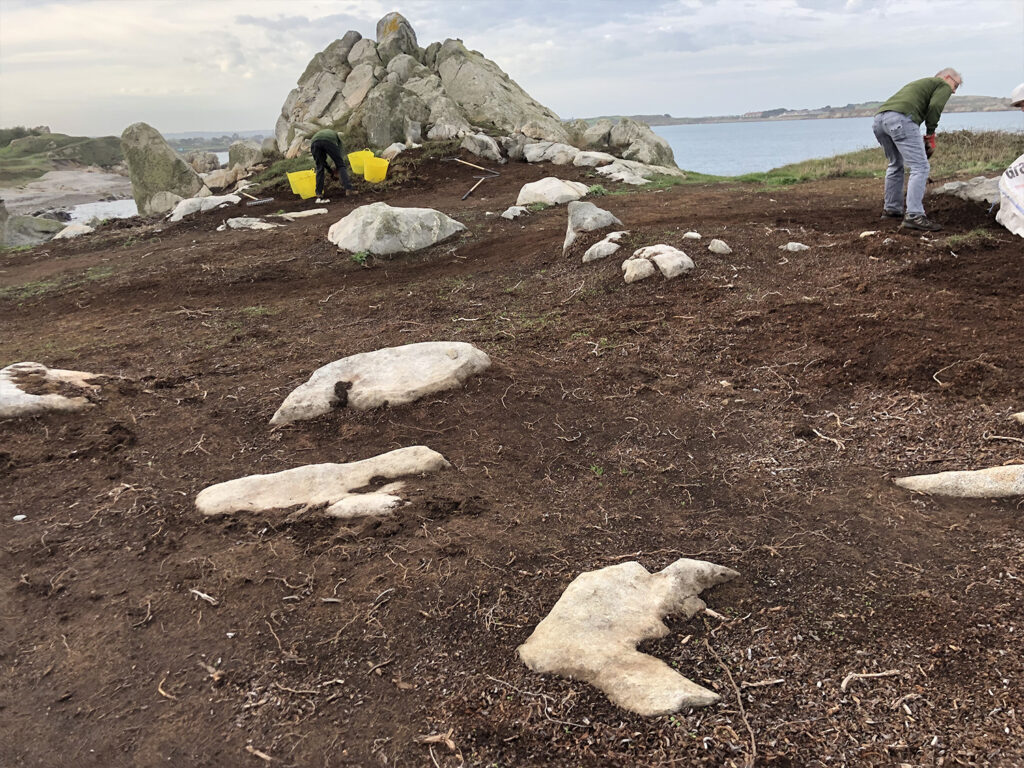
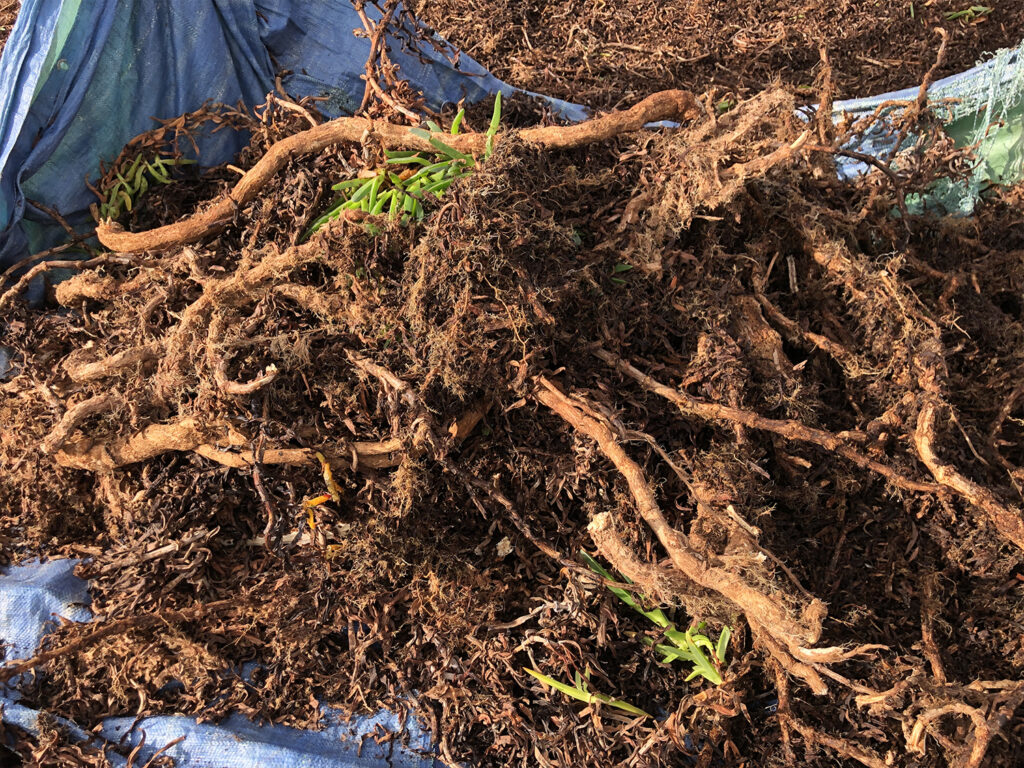





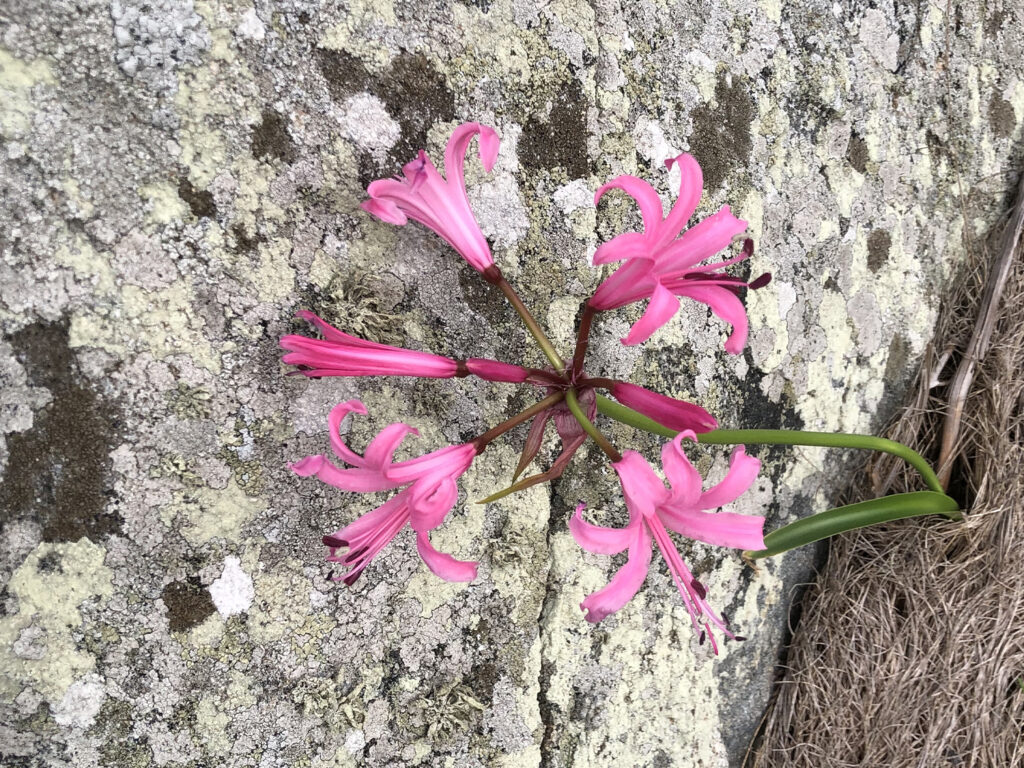
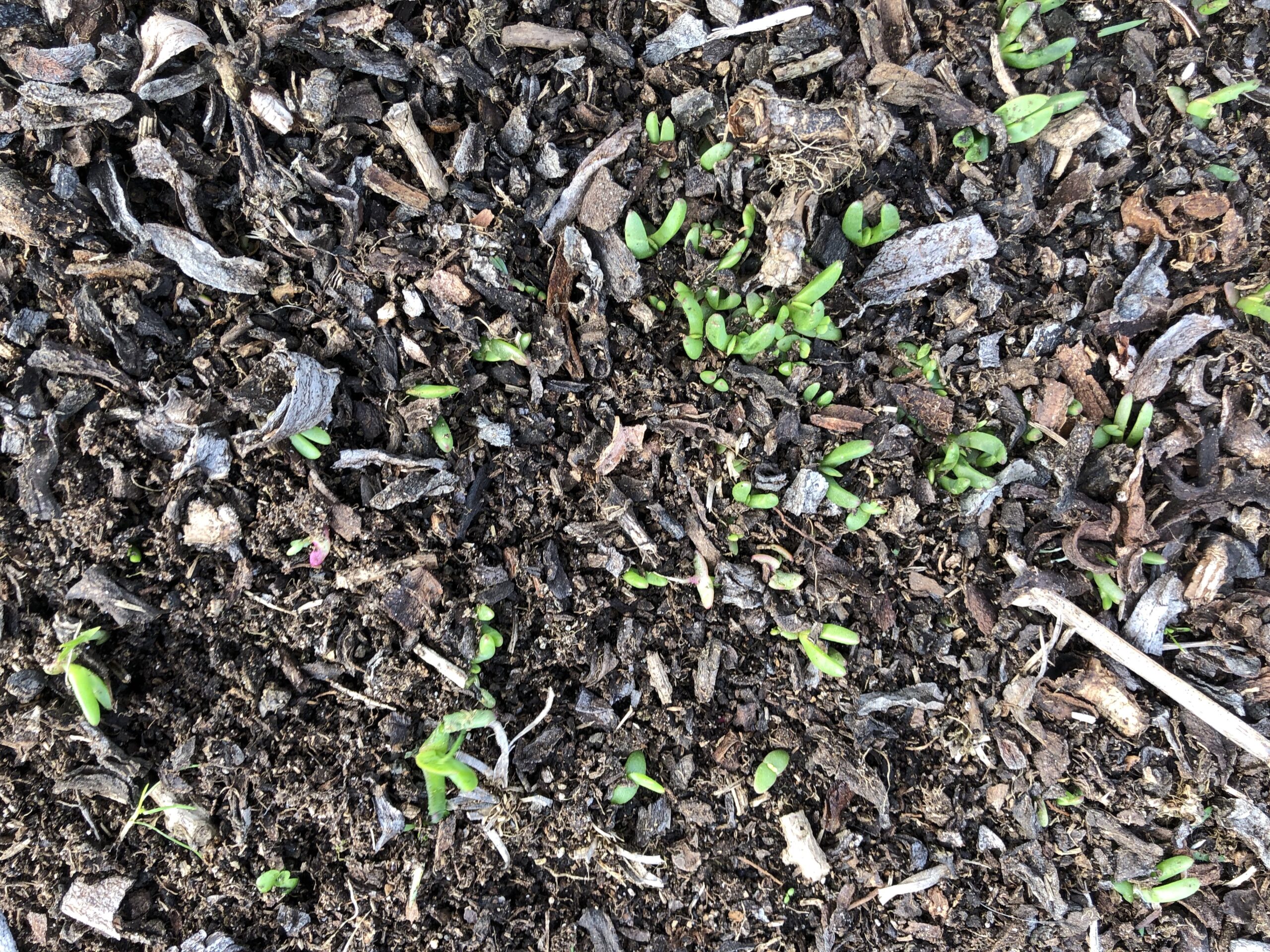
Questions:
Is the soil the same acidity throughout the spongy top layer left when sour fig is removed?
When the top layer is removed, is the original earth layer underneath the same acidity?
How does the acidity compare in a cleared section versus a patch of earth that has never had sour fig on.
If the sour fig needs an ericaceous medium to grow on what would happen if you added lime to the soil.
What conditions do sour fig NOT thrive in? ( not much according to the blurb from the garden centre 🙁
Is there something that is not poisonous to the land, that will biodegrade, but will create an environment that is difficult for the sour fig to grow in?



No Comments